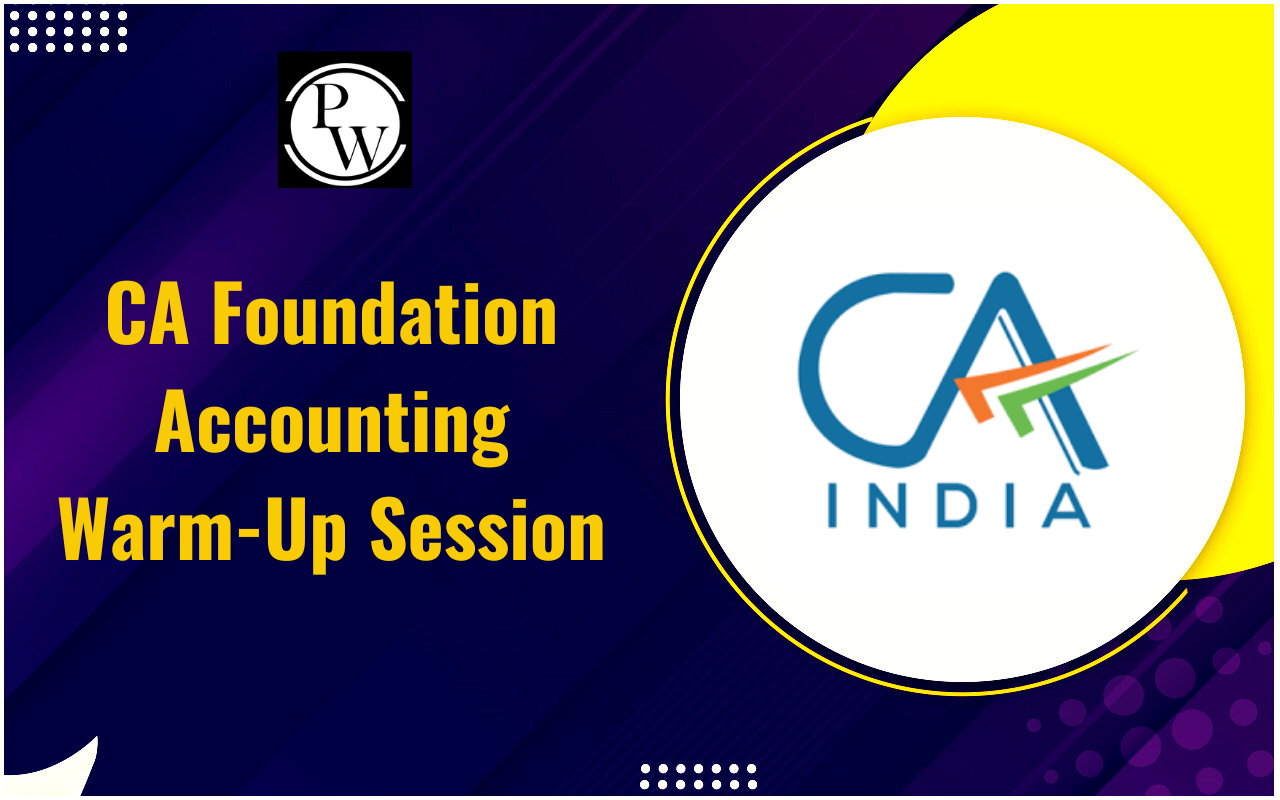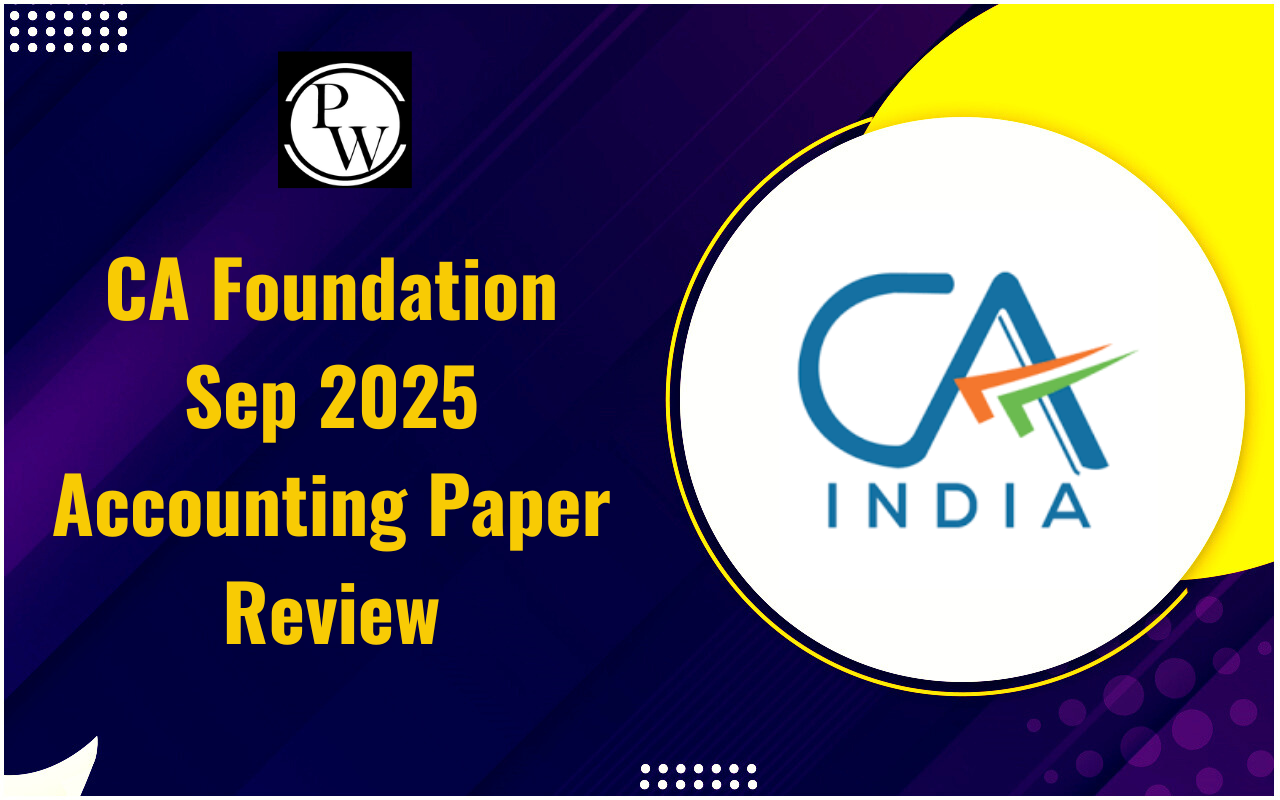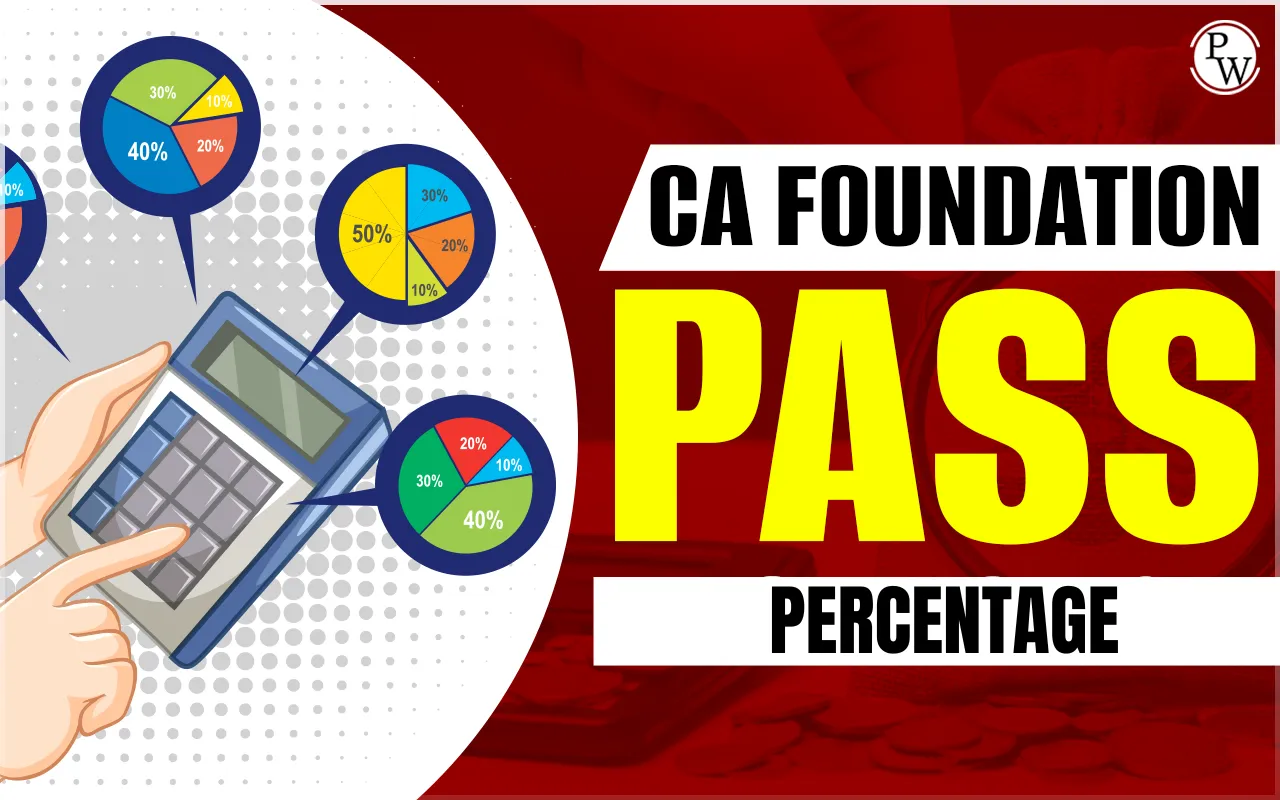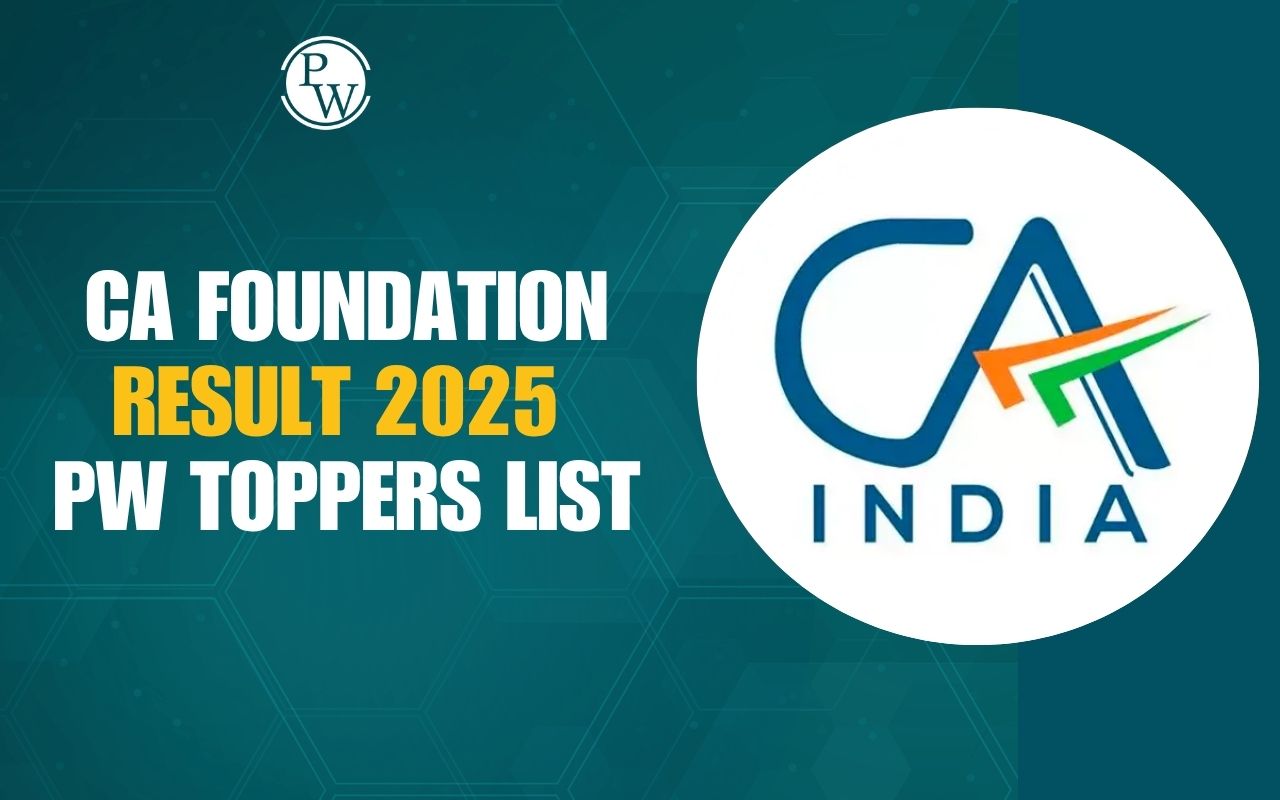

As a CA Foundation student, you know how vital Quantitative Aptitude is, not just to clear the exam, but to develop the analytical skills a Chartered Accountant must have. This paper, a mix of maths, logical reasoning, and statistics, often creates anxiety among students. But don’t worry, you’re not alone in this journey.
With the right direction and a consistent CA Foundation Quantitative Aptitude Study Plan, even the most challenging concepts become manageable. Many students make the mistake of treating this subject like high school math, it’s not. It’s a perfect blend of logic and numbers that demands both focus and patience.
Here, we’ll guide you through the subject, syllabus, and a well-structured CA Foundation Quantitative Aptitude Study Plan tailored to help you ace the May 2025 exams with confidence.
CA Foundation Quantitative Aptitude
Quantitative Aptitude in CA Foundation isn’t just about calculations. It’s about understanding the logic behind numbers. The paper is formally called Business Mathematics, Logical Reasoning and Statistics and carries 100 marks, divided into three core sections. What makes this paper tricky is not just the volume of concepts, but the speed and accuracy required to solve them.
The secret to mastering this subject lies in consistent practice and clarity of concepts. Whether it’s compound interest formulas, permutations, or statistical mean, every topic can be cracked with a daily dose of revision and solving mock papers. Remember, conceptual clarity beats rote learning here.
A strong CA Foundation Quantitative Aptitude Study Plan plays a key role in managing time and retaining formulas effectively. Most importantly, it helps you avoid last-minute panic. You need to treat this subject with respect, it can either pull your score up or bring it down. The choice is in your hands.
CA Foundation Quantitative Aptitude Syllabus
A well-structured understanding of the syllabus is your first step towards building a strong foundation. Check the syllabus breakdown for the CA Foundation Quantitative Aptitude paper below:
| CA Foundation Quantitative Aptitude Syllabus | ||
|---|---|---|
| Part A: Business Mathematics | Part B: Logical Reasoning | Part-C: Statistics |
| Chapter 1: Ratio and Proportion, Indices, Logarithms | Chapter 9: Number Series, Coding and Decoding and Odd Man Out | Chapter 14: Statistical Description of Data |
| Chapter 2: Equations and Matrices | Chapter 10: Direction Tests | Chapter 15: Measures of Central Tendency and Dispersion |
| Chapter 3: Linear Inequalities | Chapter 11: Seating Arrangements | Chapter 16 : Probability |
| Chapter 4: Time Value of Money | Chapter 12: Blood Relations | Chapter 17: Theoretical Distributions |
| Chapter 5: Basic Concepts of Permutations and Combinations | Chapter 13: Syllogism | Chapter 18: Correlation And Regression |
| Chapter 6: Sequence and Series - Arithmetic and Geometric Progressions | Chapter 19: Index Number and Time Series | |
| Chapter 7: Sets, Functions and Relations | ||
| Chapter 8: Basic Concepts of Differential and Integral Calculus | ||
Also Check: CA Foundation Jan 2025 Quantitative Aptitude Strategy
CA Foundation Quantitative Aptitude Study Plan
An effective CA Foundation Quantitative Aptitude Study Plan isn’t just about scheduling study hours, it’s about creating a habit. The following is a plan that feels less like a burden and more like a part of your lifestyle.
Week 1 to Week 2
Start slow and steady. Focus on revising basic concepts from school-level mathematics. Give extra attention to Time Value of Money and Ratios in the first week. Simultaneously, pick up light topics from statistics like Mean and Median. Spend 2–3 hours a day on these subjects to build momentum.
Revise these concepts regularly. The aim is not to complete topics quickly but to understand them thoroughly. Without understanding, memorizing formulas will do little to help you in the exam.
Week 3 to Week 5
Logical Reasoning needs practice more than theory. Dedicate 30–45 minutes daily just for solving puzzles, coding-decoding, and direction sense questions. Choose one topic a day and solve 20–30 questions.
In parallel, work on mathematics topics like equations, linear programming, and sets. These take more time, so plan accordingly. Use weekends to take mini-assessments. This will help you analyse how well your study plan is working.
This phase of your CA Foundation Quantitative Aptitude Study Plan is about building accuracy and reducing silly mistakes.
Week 6 to Week 8
By now, you should be familiar with most topics. This is your time to strengthen weak areas. Spend your mornings revising formulas and evenings solving mock papers. Incorporate 1–2 full-length practice papers each week.
Dedicate one day each week just for revision. Create a formula sheet that you keep updating. Stick it near your study table and revise it daily. The goal of this part of your CA Foundation Quantitative Aptitude Study Plan is retention and confidence.
Week 9 to Week 10
This is the home stretch. Focus purely on mock tests, previous year papers, and ICAI material. If you’ve been consistent with your CA Foundation Quantitative Aptitude Study Plan, this time should feel empowering, not stressful.
Avoid picking new topics at this point. Instead, double down on revision and speed. Practice with a timer. This is the stage where you train yourself for the actual exam environment.
A good CA Foundation Quantitative Aptitude Study Plan also includes breaks. Don't burn out. Include short walks, meditation, or even music breaks in your routine. Keep your mental health in check.
CA Foundation Quantitative Aptitude Study Plan FAQs
What is the weightage of Quantitative Aptitude in CA Foundation?
Is Quantitative Aptitude tough for CA Foundation students?
How many hours should I study daily for Quantitative Aptitude?
Is ICAI material enough for Quantitative Aptitude?













